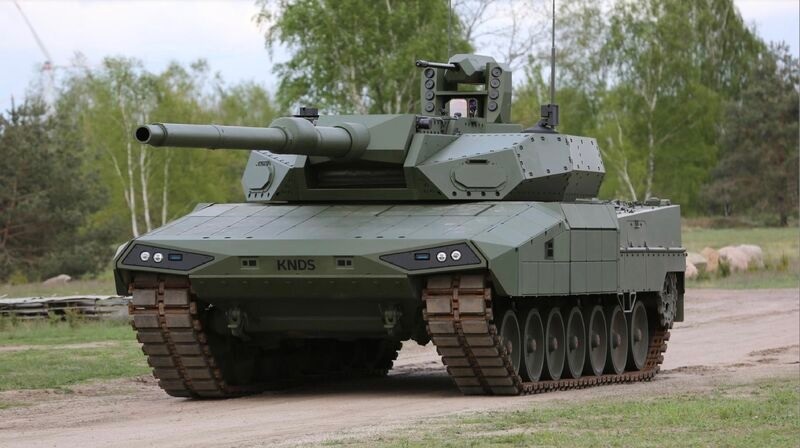Leidos Unveils 'Black Arrow Small Cruise Missiles

Leidos, the well-known defense contractor, has just introduced its latest innovation in the field of missile technology—the Black Arrow, a small cruise missile that promises to offer significant advantages for military forces. Marketed as a "low-cost, mission-adaptable" weapon, the Black Arrow is built to support a variety of missions, from direct kinetic strikes to non-kinetic operations. The missile represents a leap in adaptability, designed to be highly versatile on the battlefield.
Advanced Engineering for Adaptability
Leidos has drawn from its expertise with earlier projects, like the GBU-69 small glide munition, to create the Black Arrow. By integrating advanced engineering techniques such as model-based systems engineering, additive manufacturing (3D printing), and artificial intelligence (AI) optimization, the company has designed the missile to be mission-flexible and cost-efficient.
The Black Arrow is described as a "service-common bus," meaning that its design can be modified to accommodate a wide range of mission requirements. This versatility allows it to be deployed from various platforms, including being launched from aircraft ramps, palletized systems, or through conventional missile launchers. This adaptability could significantly enhance operational flexibility for military forces, allowing the Black Arrow to be rapidly deployed in different combat scenarios.
Key Features and Capabilities
While Leidos has not yet disclosed detailed technical specifications such as the missile's weight, speed, or range, its recent test results offer some insights into its capabilities. The Black Arrow successfully completed captive carry and store-safe separation tests on the AC-130J Ghostrider, a gunship frequently used by U.S. Special Operations Forces. These tests confirmed the missile’s ability to cleanly separate from its launcher, an essential feature for ensuring operational success during flight.
The test results also validated other crucial aspects of the missile, including its trajectory, flight software functions, and navigation system performance. Perhaps most importantly, the flight safety system—a critical feature to prevent accidental detonations or malfunctions—was thoroughly tested and passed with flying colors.
Upcoming Guided Flight Tests
With the separation tests complete, the next step for Leidos and the Black Arrow is guided flight tests, which are scheduled for later this year. These tests will be crucial in demonstrating the missile's ability to navigate, strike, and adapt to different mission environments. The company has stated that it is leveraging its previous successes, such as fielding the GBU-69 and demonstrating the DARPA X-61 Gremlins program, to push the Black Arrow into operational readiness as swiftly as possible.
Mark Miller, Vice President for Missile and Aviation Solutions at Leidos, highlighted the company’s focus on agility and innovation, stating that these values have been instrumental in achieving critical milestones with the Black Arrow. It’s clear that Leidos is positioning the Black Arrow as a highly adaptable, cost-effective solution for modern military needs.
Potential Impact on Future Operations
The Black Arrow's design emphasizes mission adaptability, which could make it a key asset for military operations in the coming years. As modern warfare increasingly relies on drones, precision-guided munitions, and flexible systems, the Black Arrow seems well-suited to meet these evolving demands. Its ability to switch between kinetic and non-kinetic missions means it could be used for a variety of tasks, from destroying enemy targets to disrupting communications or performing electronic warfare.
Given Leidos' reputation and its history with successful missile programs, the Black Arrow could become a game-changer in the realm of small cruise missiles, offering militaries a versatile, cost-effective solution that can be deployed across multiple platforms and adapted to a wide range of operational needs.
In conclusion, the unveiling of the Black Arrow marks another step forward in missile technology, blending cutting-edge engineering and AI with real-world military demands. As the missile heads into its next phase of testing, all eyes will be on its performance and its potential to reshape the future of tactical missile operations.



